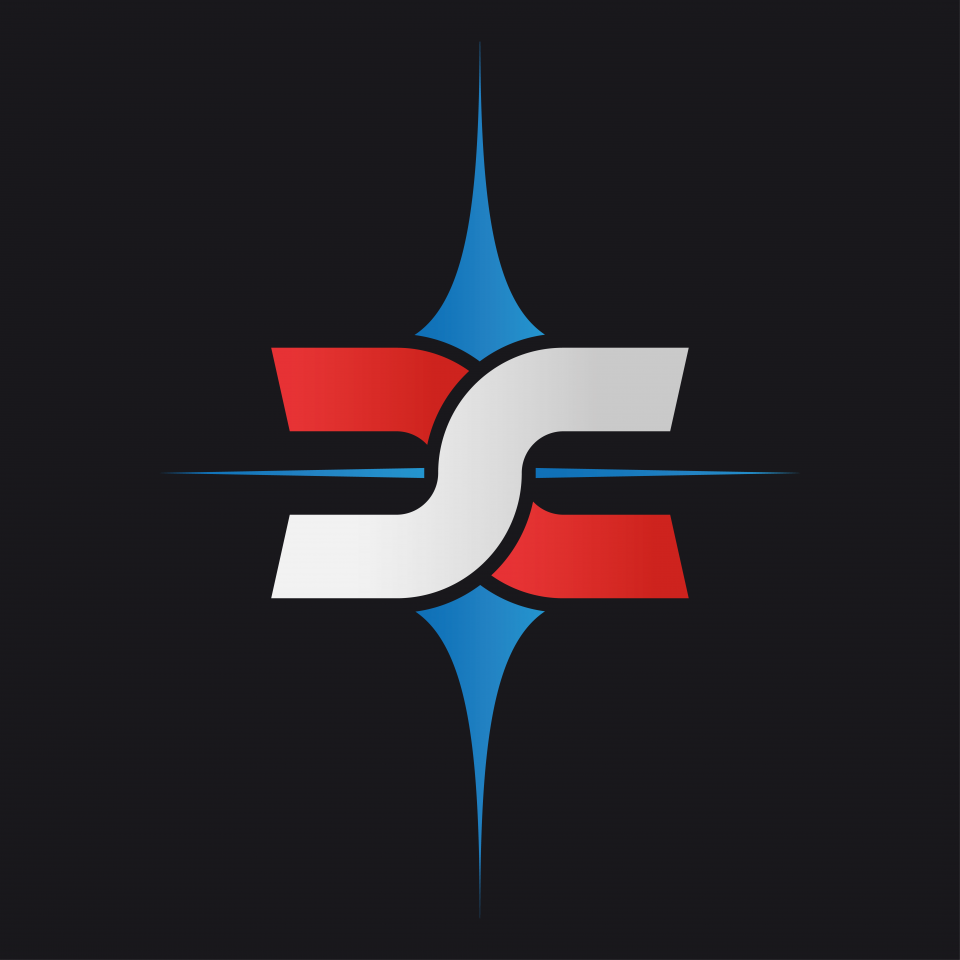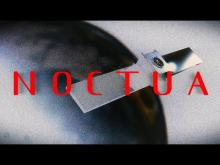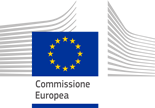Report Lesson 1
Describe the project - Report Lesson 1 - 23-24-EN
Select your project on OpenCoesione portal. Remember that you have to choose a project funded by european resources (FESR or FSE).
In this section you have to indicate:
- Chosen project name on OpenCoesione
- Link to chosen project on OpenCoesione
- Chosen project’s code - Single Project Code that you will find on the project schedule (CUP)
- Chosen project’s theme
- Nature of the investment of the chosen project
Describe the project
Talk about your research - Report Lesson 1 - 23-24-EN
Report the decisions made in a maximum of 5000 characters, not including spaces. Draw inspiration from the Canvas developed in class. The post has to be created as follows:
-
Blogger: write a text to introduce the chosen research and present the team, illustrating and describing the reasons for choosing the name and the logo created by the designer
-
Storyteller: describe what has been done in class and the choices made, clearly setting out the objectives and to whom the research is mainly targeted
Talk about your research

Introduction:
In the realm of satellite innovation, the NOCTUA project emerge as a pioneer. NOCTUA, led by D-Orbit guidance, envisions a transformative service for satellite data tailored to Lombardy. This groundbreaking initiative promises to monitor urban areas, cultural sites, and natural resources with a high-performance, cost-effective satellite system, bridging accessibility to local administrations and private entities.
Canvas - Report Lesson 1 - 23-24-EN
Attach the canvas made in class and selected as a guide for the research. If the Designer is available, develop a version of the canvas designed or created using a graphics development tool of your choice.
IMPORTANT: it has to be a .pdf file, A4 landscape/horizontal format.
Canvas
Report Lesson 2
Data journalism article - Report Lesson 2 - 23-24-EN
Write your data journalism article following the suggestions provided in STEP 5.
How to organize your data journalism article:
- The first block of the article must be dedicated to a general description of the data analysed and the context you want to describe in the form of a Data Journalism article.
- The central section of the article is for processing and illustrating the data. This part of the text must also refer to static and dynamic images that you have loaded in the relevant fields (see below). Images should therefore be cited in this part of the text (example: See Fig. 1 – FIGURE TITLE).
- The last section of the article is dedicated to concluding remarks on the information drawn from the data. What have you discovered? Does the information you found answer the questions initially asked? Have you collected or anticipated collecting other data on the subject? Where there unexpected results or did they confirm your hypotheses?
There is a maximum of 5000 characters (spaces included) for the entire article.
Data journalism article
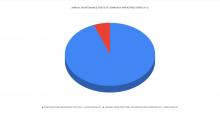
Satellite Monitoring and Its Impact: A Data-Driven Analysis
Introduction
Static graph/infographic - Report Lesson 2 - 23-24-EN
Enter here a static image of a graph or an infographic illustrating the data described the Data Journalism article. Image must be in .jpg or .png format
Static graph/infographic
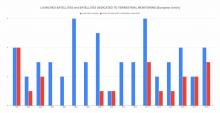
Dynamic grapf/infographic - Report Lesson 2 - 23-24-EN
Enter here the link (URL) to the dynamic/interactive infographic of the data described in the article, created by the INFOGRAM infographics tool, available for free on the web (https://infogram.com).
ATTENTION: before copying the link in this fields, make sure you have set your dynamic infografic on "Public on the web" mode, in order to make your output visible on your blog
Dynamic grapf/infographic
Report Lesson 3
Civic monitoring video - Report Lesson 3 - 23-24-EN
Enter the link (URL) to the civic monitoring video, created by following the instructions of Lesson 3 (we suggest to makea video no longer than 5 minutes).
The link has to be a video uploaded to YouTube (remember to set the video to be shared in public mode).
Civic monitoring video
Civic monitoring report - Report Lesson 3 - 23-24-EN
Enter the link (URL) to the Monitoring report published on the Monithon platform (therefore, it should be published on Monithon before compiling the Lesson 3 Report).
Civic monitoring report
Report Lesson 4
Final creative work - Report Lesson 4 - 23-24-EN
This is the space reserved for the creative work. You can upload files to other sharing platforms (YouTube, Vimeo, Prezi etc. – remember to set video viewing to ‘public’ mode) and enter the link (URL) in the dedicated area. IMPORTANT: IF YOU CHOOSE VIDEO FORMAT, DO NOT EXCEED THE MAXIMUM DURATION OF 3 MINUTES
If the creative work is an editorial product, use a .pdf format
If the creative work is a podcast, insert the embed code or the URL in the dedicated field - IMPORTANT: IF YOU CHOOSE VIDEO FORMAT, DO NOT EXCEED THE MAXIMUM DURATION OF 10 MINUTES
Below you can see the different types of formats. You only need to choose one of these options.
In the field "Altro allegato significativo" you can attach another file (only PDF) created during the project that you consider to be particularly significant.
Final creative work
Pitch - Report Lesson 4 - 23-24-EN
Report 4 Title
Write the title of your final ASOC Report here. The title must be carefully designed and engaging: it will need to attract your readers to the results of your research, the responses given and your proposals.
ASOC WALL
Insert a picture of your ASOC WALL. If your ASOC WALL is in a digital format, you can add the URL in the part dedicated to "PITCH Part 1".
How to write your pitch:
- PITCH Part 1: description of chosen project and motivation
This text must summarise the heart of your research: the project, decision taken, data found, research objective. The maximum character limit (spaces included) for this section is 800 keystrokes.
- PITCH Part 2: description of significant phases of the research
This text must summarise the discoveries made: refer to text on your blog, the most significant stages of interviews, the key points of your investigations. The maximum character limit (spaces included) for this section is 800 keystrokes.
- PITCH Part 3: proposals and follow-up
This text has to summarise your proposals for continuing to follow the project and how you intend to continue to monitor it. The maximum character limit (spaces included) for this section is 800 keystrokes.
Pitch

SCUOLA SEC. SECONDO GRADO NON STATALE Liceo Quadriennale Internazionale Gallio COMO
